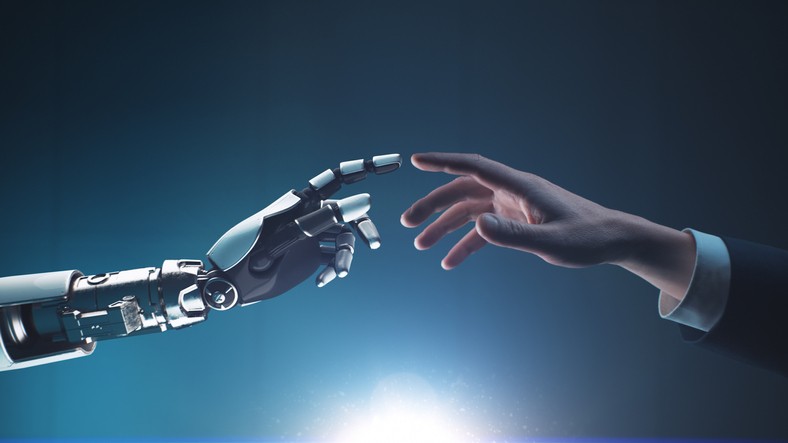Globally, 400 million jobs are at risk due to AI and technological breakthroughs, which will affect India’s IT sector. To prepare for the demands of the future workforce, novel educational techniques and skill evolution are necessary to address the rising unemployment rate.
Science fiction has been warning us for years about a future in which we would create our own obsolescence.
Do we actually exist in that reality?
Is the job market being overtaken by AI?
Humans won’t be replaced by AI.
The future of AI is for developers.
Will AI then take over your job?
Yes, and this isn’t the first instance of technological advancement endangering human employment.
Let’s go back a few years to the IT fossils we used to call “webmasters,” who specialized nearly entirely in HTML. These lucrative positions disappeared with the advent of the Content Management System (CMS), replaced by entry-level positions that just about made it into marketing jobs. Simply put, companies no longer employ senior-level personnel to perform such tasks.
A far larger number of jobs will be eliminated by AI and automation. Across the globe, millions of individuals will need to change careers, acquire new skills, or both.
According to a McKinsey report, artificial intelligence (AI) might replace 400 million people or 15% of the world’s employment! Statistics on unemployment in India are available from throughout the country, and students from prestigious engineering schools are having trouble finding jobs.
The need for all IT positions in organized, predictable contexts, including those involving data collecting and processing, will continue to decline.
This is a significant portion of the labor force in the majority of industries and economies. Put simply, employment will continue to disappear due to technology, and they might never return.
The issue is particularly more complicated in developing nations like India, where millions of people are about to enter the labor force and have a young population.
The jobs gained would offset the employment lost.
The advancement and application of technology will not stop. With more than 800 million new employees contributing 21 to 33 percent of the global workforce, additional demands and drivers of labor – infrastructure creation and maintenance, healthcare, green energy and energy transition, and other deep tech sectors – will persist.AI is not creative; although it can analyze data and spot patterns, it lacks inspiration.
Consider the thriving startup scene in India, where there are currently over 3,000 deep tech businesses and, according to Nasscom, that number will rise to over 10,000 by 2030. Although AI plays a crucial role in deep tech, the positions also require the solution of non-routine, difficult problems that cannot be mechanized. These issues require inventiveness and imagination.
The Workplace of the Future and What are the required skills?
To succeed in the workforce of the future, youngsters will require new skills. In addition to improved technical skills, there will be a greater need for higher-order cognitive abilities like critical thinking, creativity, problem-solving with complicated information processing, and decision-making, as well as social and emotional abilities like communication and empathy.
However, the development of these skill sets is not the focus of our educational system. Tangible engineering is the cornerstone of deep tech roles. We require a change in educational approach from one that emphasizes excessive theory to one that encourages inquiry, experimentation, and practical learning.
It involves turning classrooms into interactive learning environments where students connect across disciplines, test ideas, create prototypes, and find solutions to practical issues.
The use of this approach prepares students for a smooth transition from the classroom to the workplace by strengthening their cognitive abilities in addition to their technical capabilities.
This is the key takeaway
Spending on education ought to be prioritized by our government—not decreased. It must foresee future talent shortages and take proactive measures to mitigate them. Our educational establishments must come out of hibernation and adopt more experiential learning approaches. Instead of heedlessly adopting the newest technological fads, our youth should invest in developing long-lasting talents. Software knowledge is no longer sufficient. Students must combine that with domain experience and hardware knowledge in emerging industry interest areas. Additionally, what will enable students to adapt and prosper in the workplaces of the future is investing in the development of cognitive as well as communication abilities.
AI is capable of optimization and automation, but the human spirit is what gives rise to the creative spark, the intuitive leap, and the bravery to explore the uncharted. It involves raising a new breed of makers—true problem solvers, self-assured constructors, moral leaders, and master innovators—who can use technology to turn today’s urgent problems into opportunities and win.












